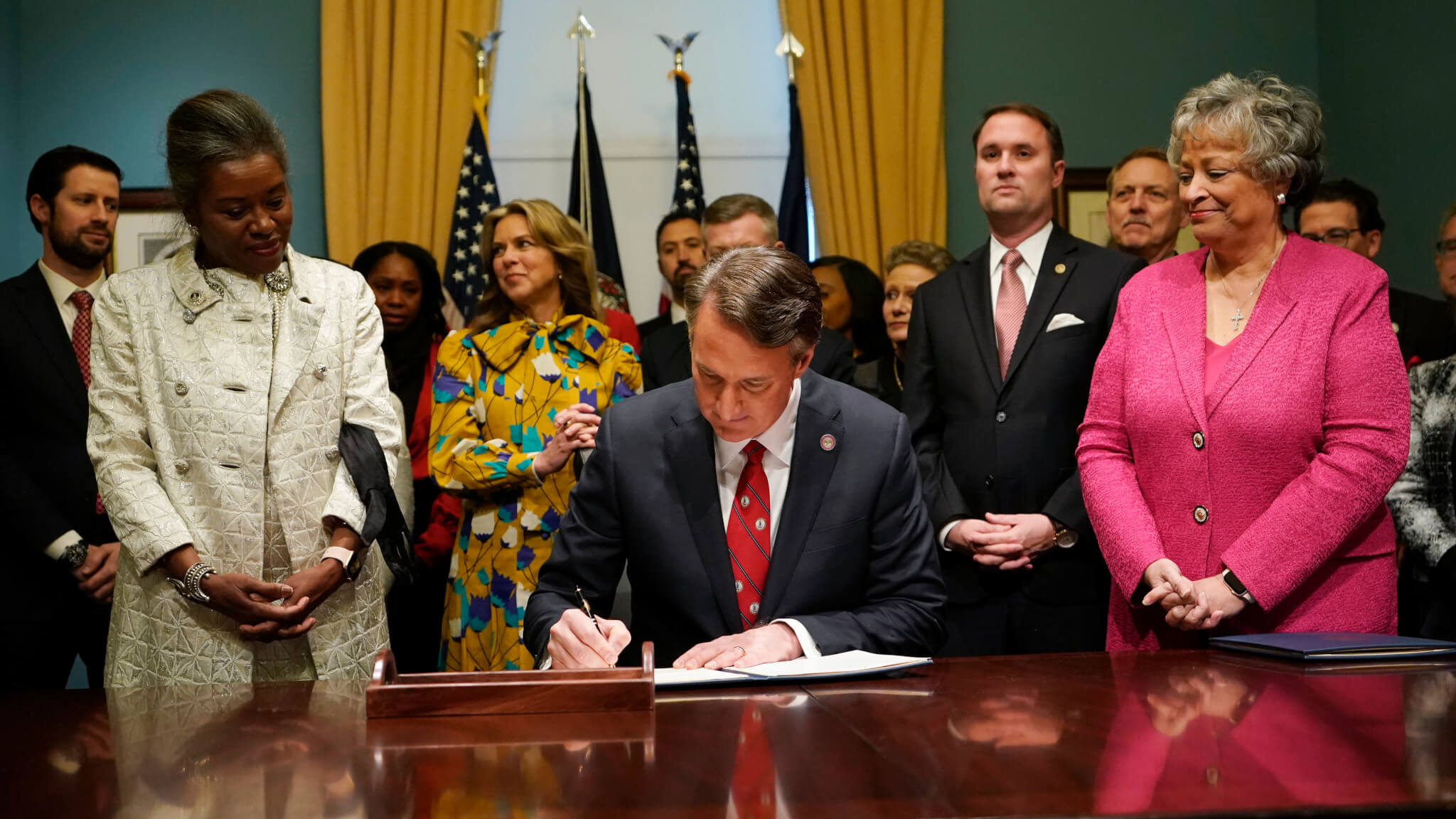
Virginia Gov. Glenn Youngkin, center, signs executive orders in the Governors conference room as Lt. Gov. Winsome Earle-Sears, left, Suzanne Youngkin, second from left, Attorney General Jason Miyares, second from right, and Secretary of the Commonwealth, Kay Cole James, right, look on at the Capitol, Jan. 15, 2022, in Richmond, Va. Virginia's Department of Education is conducting a review designed to root out critical race theory in schools. The review is the first thing Gov. Youngkin ordered after his inauguration and is expected to conclude later this month. Education officials have been reluctant to discuss what they've found thus far. While critics of the governor say critical race theory is a nonissue, others say there is ample evidence that the concepts have been embraced by administrators. (AP Photo/Steve Helber)
When it comes to schools, there are notable pros and cons in the new two-year state budget.
It’s been a week since Republican Gov. Glenn Youngkin signed Virginia’s budget into law, so what does that mean, exactly? A lot, especially on the education front.
With budget negotiations nearing the six-month mark before Youngkin signed the budget bill on June 21, there’s been plenty of back and forth on what would or would not make the final draft.
Dogwood reached out to Chad Stewart, a policy analyst at the Virginia Education Association, who explained some of the positive and negative aspects of the compromise budget.
Hanging In The Budget Balance
Stewart noted that not having a final state budget in place for several months presented significant challenges for the commonwealth’s school divisions.
Up until nine days prior to the beginning of the next fiscal year, divisions did not have any definitive answers on percent pay raise figures from the state for their staff, nor on the amount of additional money coming through the At-Risk Add On program.
The question of education-based pay raises in the budget arose in December after former Gov. Ralph Northam, a Democrat, announced a plan to increase teacher salaries by 10% over two years — the largest increase in a 15-year span. With the help of local fund matches, the raise aimed to put Virginia teacher pay above the national average. While the raise remained in the budget, the possibility of topping the national average didn’t.
“The state will increase their portion of teacher and staff pay by 10% over the next two years,” Stewart said. “While in most years, this would represent a major raise that would get us closer to the national teacher average salary, high inflation has dampened this increase and lawmakers will need to come back next year to look further into providing another meaningful raise.”
Virginia teacher pay hasn’t topped the national average in over 50 years. In the 1989-90 school year, Virginia came within 1% of the national average under the leadership of former Gov. Gerald Baliles, a Democrat. That’s the closest the commonwealth came to meeting the national average in more than five decades. In the 2019-20 school year, an average Virginia teacher salary topped $57,600, compared to a national average of more than $64,100 — that’s a more than $6,000 difference.
“[S]taffing shortages continue to be a major burden for schools in our state because of our relatively low pay, and it’s critical for hiring officials in divisions to know how much money they have to attract and retain staff with the most competitive salaries they can offer,” Stewart said.
The Pros and Cons
Aside from the 10% raise, the budget Youngkin signed had its fair share of pros and cons for Virginia schools.
“One of the biggest wins was partially lifting the support cap, which was put in place in the wake of the Great Recession as a cost-saving measure and lowered state funding for critical support staff positions — [that is,] custodians, food staff, nurses, counselors, librarians, et cetera,” Stewart said. “The cap was eased by $272 million this budget, but we would like to see the entire cap lifted in coming years, which will take around an additional $500 million.”
In February, The Commonwealth Institute noted the importance of lifting the staffing cap for supporting students. The group found that from the 2008-09 school year to 2020, support staff decreased by 1,700 positions across the state. Over the same time span, student enrollment increased by 63,000 students.
While partially lifting the support cap was widely hailed as a win in the budget, not every funding opportunity received the dollars proposed.
“We were disappointed when new funding for high-poverty schools was cut in half in the compromise budget,” Stewart said. “At the same time, $100 million was added for experimental lab schools, which have never been tested and will serve a very small, select pool of students. VEA will always be an advocate for evidence-based investments in K-12 that have strong track records for improving student outcomes at scale.”
Originally, Youngkin proposed that the General Assembly allocate $150 million toward the Virginia lab school initiative. Stewart explained in further detail what the presence of lab schools could mean for the commonwealth.
“Lab schools are experimental schools in which a school division and college or university work together to provide K-12 education services. We do not currently have lab schools in the state and are sinking a large sum of money into this highly experimental approach,” Stewart said. “The cost per student at these schools will be astronomical in the first few years compared to our existing public schools. We believe there were much more sound investments that could have been made, particularly with a focus on our highest-need students.”
“A Mixed Bag”
Overall, there were some positive elements in the finalized budget and other funding opportunities that ultimately fell short.
“While there has been some important progress made in this budget, it’s a mixed bag,” Stewart said. “We still need a lot of work, for example to move the commonwealth out of the bottom tier of states in state per pupil spending — we currently rank 40th in the US.”
Support Our Cause
Thank you for taking the time to read our work. Before you go, we hope you'll consider supporting our values-driven journalism, which has always strived to make clear what's really at stake for Virginians and our future.
Since day one, our goal here at Dogwood has always been to empower people across the commonwealth with fact-based news and information. We believe that when people are armed with knowledge about what's happening in their local, state, and federal governments—including who is working on their behalf and who is actively trying to block efforts aimed at improving the daily lives of Virginia families—they will be inspired to become civically engaged.

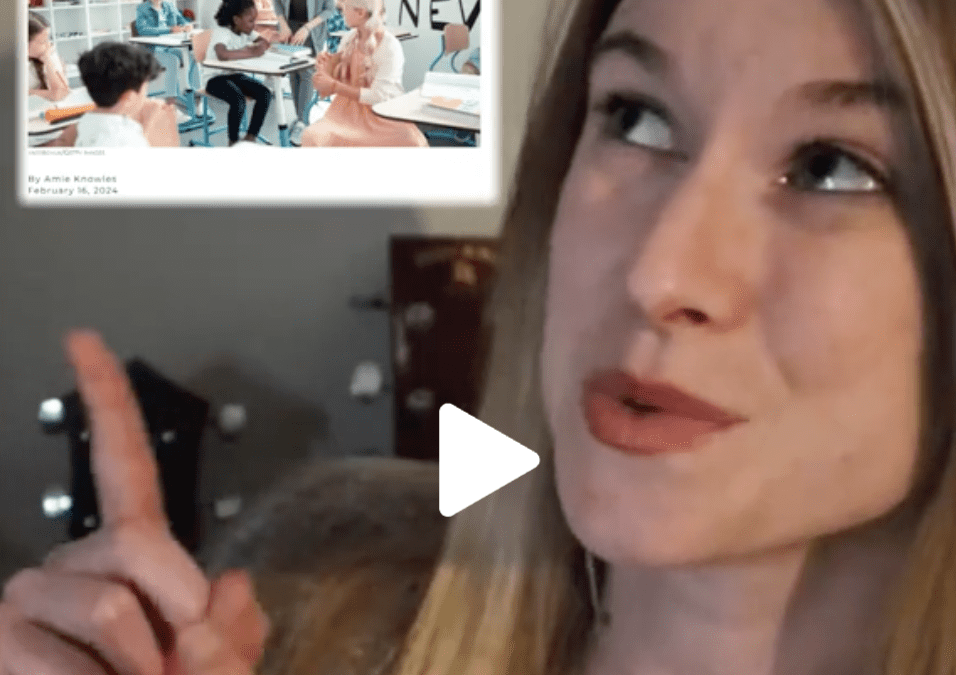
VIDEO: Your support matters!
Your support matters! Donate today. @vadogwoodnews Your support matters! Visit our link in bio to donate today. #virginianews #virginia #community...
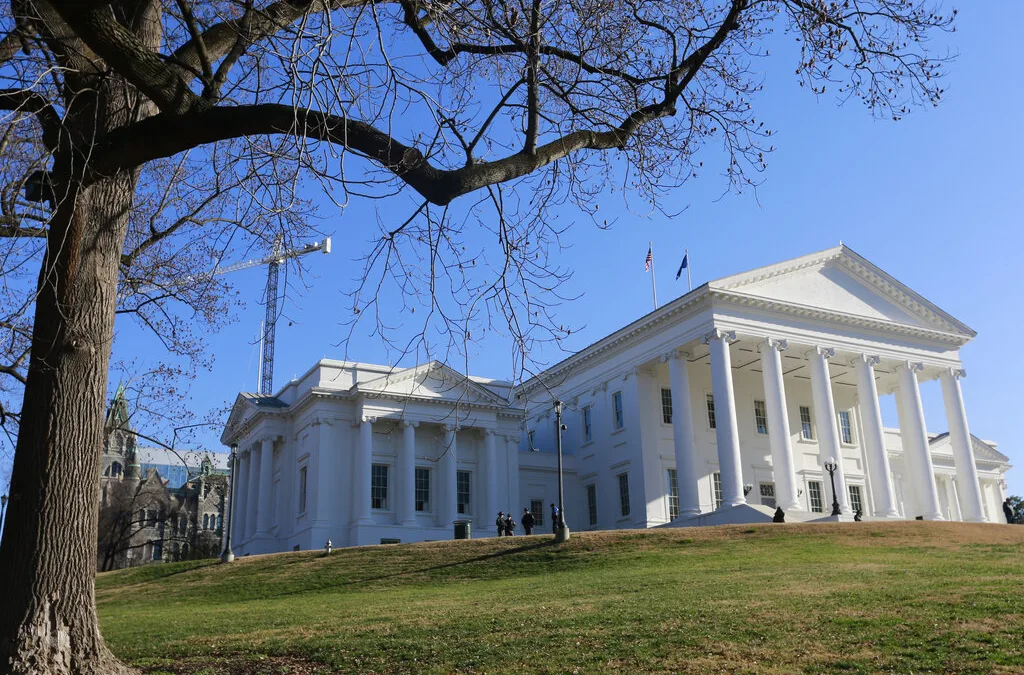
Op-Ed: Virginia’s new Democratic majorities pass key bills to improve your lives, but will Youngkin sign them?
The 2024 Virginia General Assembly regular session has wrapped up. It was a peculiar session from the outset, with Democratic majorities in the...
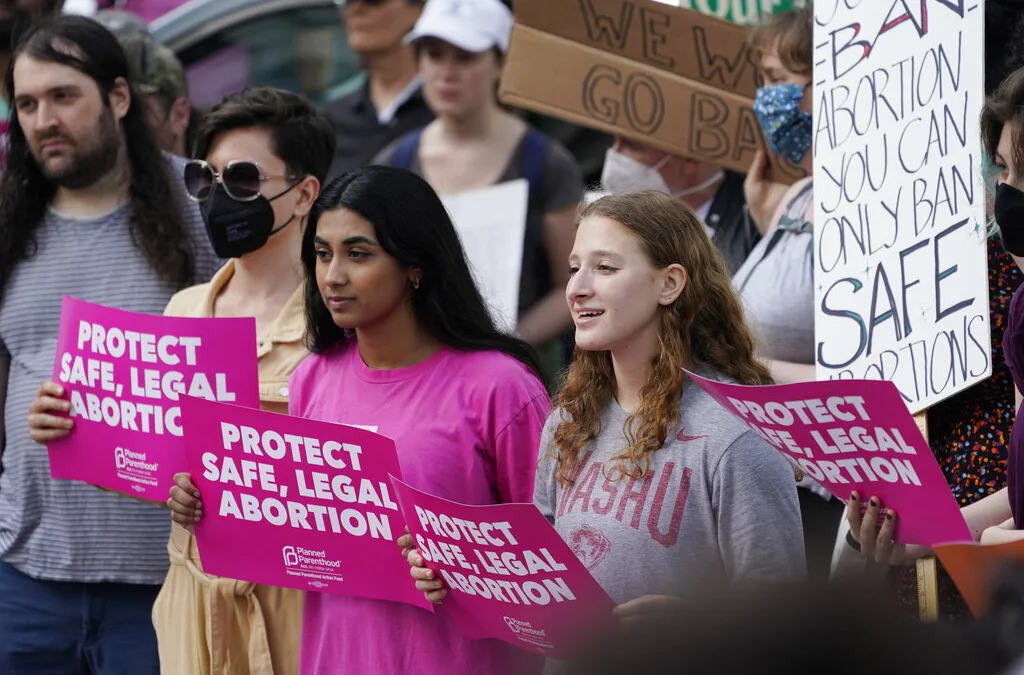
Op-Ed: Why Virginia Needs A Constitutional Amendment Protecting Reproductive Freedom
Virginia’s recent election season in 2023 drew in eyes from all over the country. Reproductive freedom was on the line and Virginia remained the...

From the state rock to the state flower, here’s how Virginia got its symbols
Have you ever wondered why the Dogwood is the state flower? Or how the cardinal became the state bird? We’re here to answer those questions and more...

VIDEO: Second-gentleman Douglas Emhoff gives speech on reproductive freedom
Second gentleman, Douglas Emhoff touched on reproductive freedom not only being a woman's issue but "an everyone's issue" during the Biden-Harris...
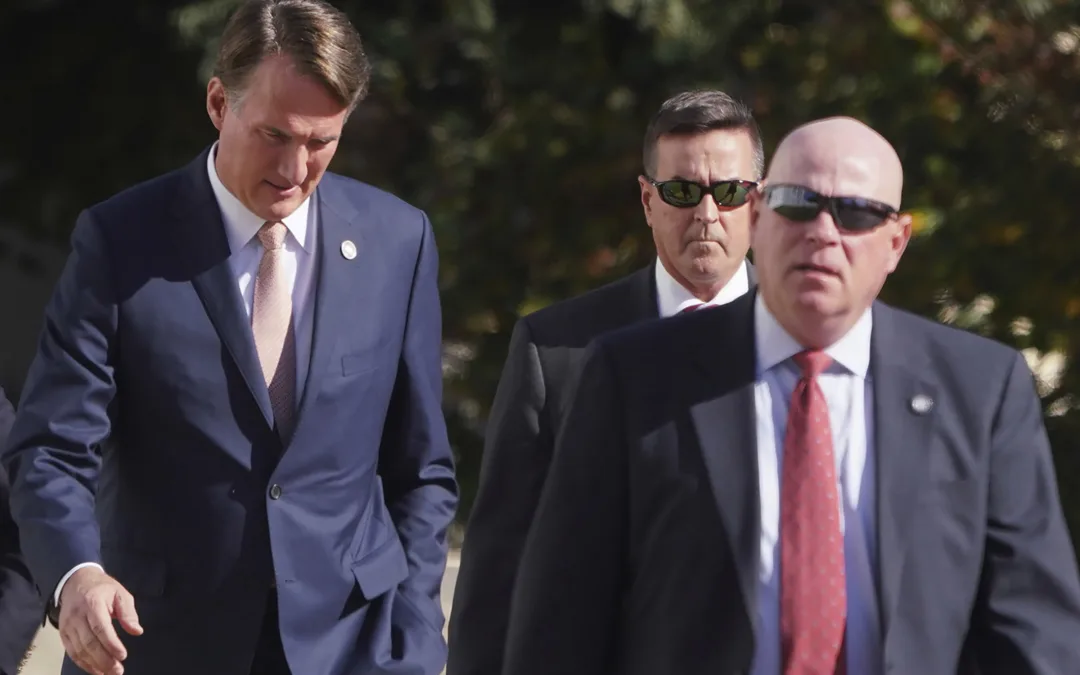
Glenn Youngkin and the terrible, horrible, no good, very bad night
Election Day 2023 has come and gone, and while there are votes to be counted, one thing is perfectly clear: Virginians unequivocally rejected Gov....





